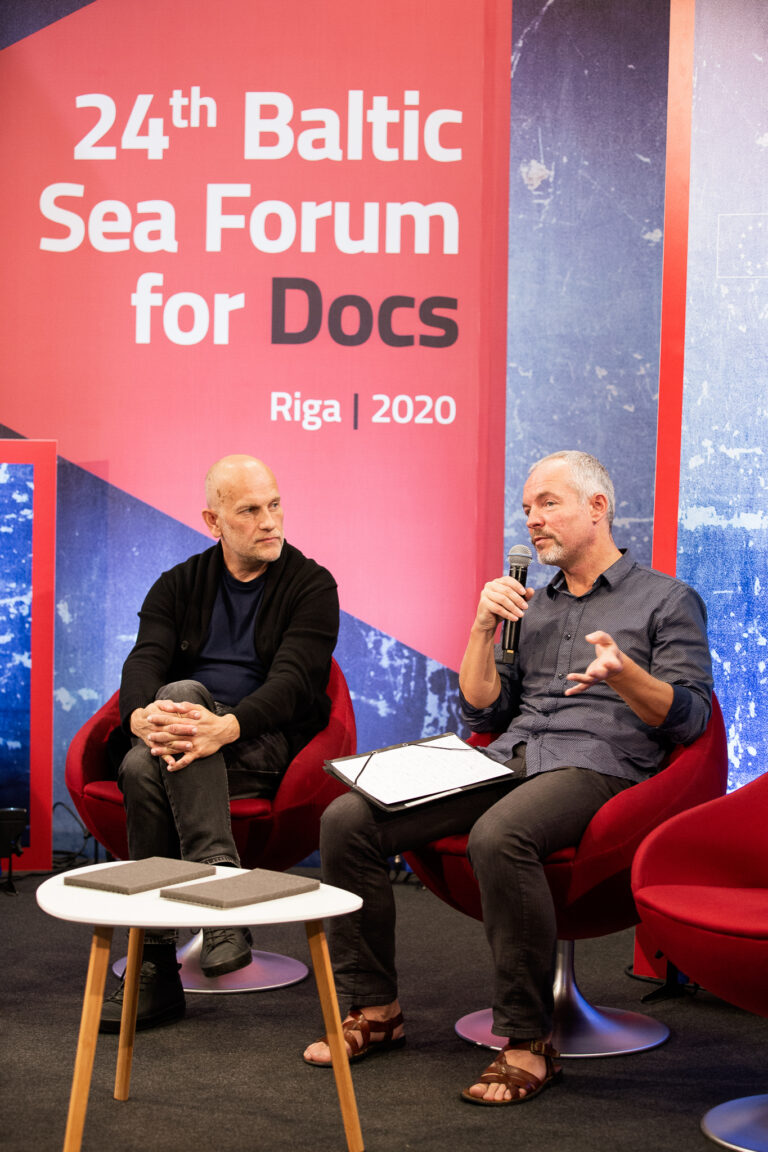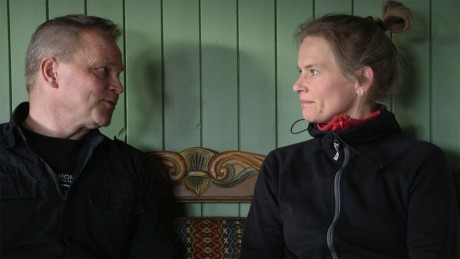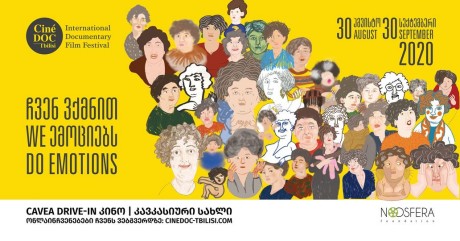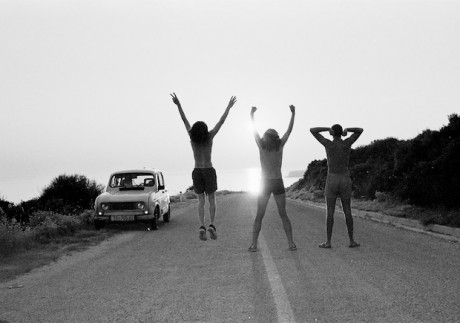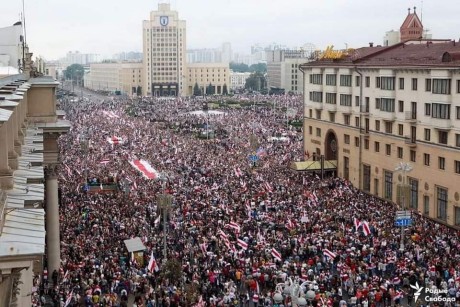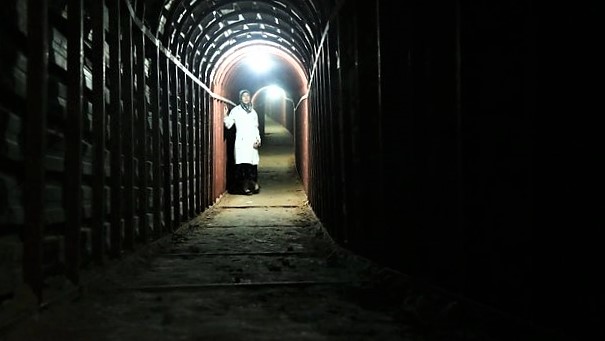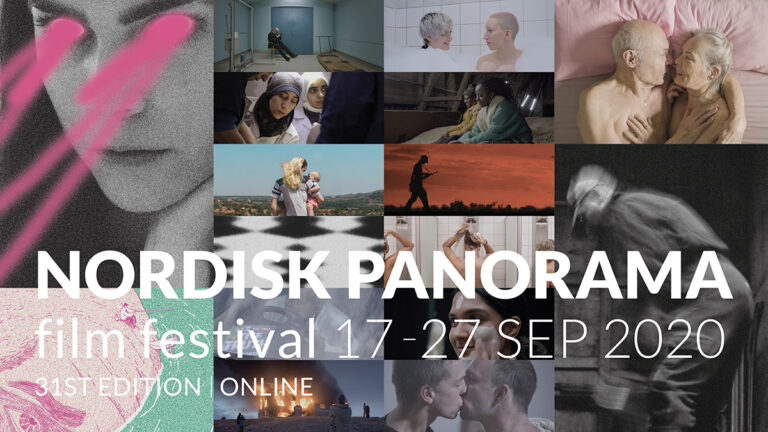


Baltic Sea Docs Pitch Day 2
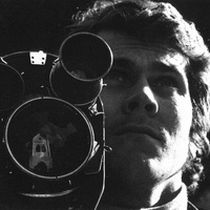
Latvian Masters
One is no longer here, another is alive and kicking: Juris Podnieks and Ivars Seleckis. Names in Latvian and world documentary history. Directors and cameramen who have formed my understanding of what a good documentary is.
“Podnieks on Podnieks” was the first film project to be presented on the second day of the Baltic Sea Docs in Riga. September 4. To be produced by Juris Podnieks Studio, of course, with Juris long time creative collaborator and editor Antra Cilinska as the producer, who has asked feature film director Anna Viduleja to be the director. The couple showed a trailer with photos and footage of the director, with the focus on what most film lovers remember him from, his films depicting the fall of the Empire – and with the shocking scene, where his cameraman Andris Slapins was killed in Riga during a Soviet sniper coup in 1991.
Later that day Ivars Seleckis pitched – together with the Mistrus Media that
also produced his wonderful “To Be Continued” about Latvian children – “The Land”. Seleckis has already made three films from the countryside, he himself lived his first 10 years in the countryside, and his trailer starts with footage from the previous films followed by material from the new film about farmers in nowadays Latvia. The film is shot, editing is going on. “Is it going to be critical”, one of the panelists asked the director. “No, my film is about Life”!
Ukrainian Talents
Awards were given at the end of the Baltic Sea Docs. Two out of four went to Ukranian young female directors. “Diary of a Bride of Christ” is directed by Marta Smerechynska, who started filming “when her sister, at 13, decided to become a nun…”. She, the director, tried to stop her. In vain. Now she is filming her in the monestary, and other smiling and engaged nuns. The trailer shown was full of joy and emotions, and it helped the young director to have experienced Natalia Libet at her side as the producer and promoter of the film.
The second Ukrainian talent awarded was Taisilia Kutuzova, whose “Shut the Fuck Up!” I met years ago in Kiev. A short film was made but the director cleverly continued to follow the teenager Serheyi, who lives in Hatne near Kiev, where he is fighting against corruption in the local community. He is asked to, the title, to shut up, is physically attacked by a politician – and has now, 20 year old, decided to run for office, i.e. a seat in the local council. To happen, the local elections, in October. French producer and journalist Stephane Siohan, likving in Ukraine, helps the director and made a clever introduction at the verbal pitch by letting us understand that the new president of the country, Zelinski, is totally running away from his promises when elected, to fight corruption.
There is a lot of good things happening in Ukrainian documentary…
…and in Georgia
… where the project „Sunny“ comes from, a warm and interesting insight to (a part of) Georgian society through Sunny, „a 59 year old sociologist“ who knocks on doors to come into people’s homes to ask questions. About materialistic things (do you have a washing machine, internet etc.) but also politics, faith, homosexuality… The film to be has a joyful atmosphere – written by Tsiana Khundadze and directed by Keti Machavariani. Together with Nato Sikharulidze they formed an equally joyful trio on the zoom screen. It helps when a film project is presented with a smile!
“Atonal Glow” was presented by Alexander Koridze, who I as the moderator took the liberty to say looks like the American actor who played the main role in Mad Men. The film he pitched is the amazing story about a 10 year old boy Tsotne, who composes music and plays on the stage – a new Mozart? His grandmother is his musical mentor, herself a well-known piano teacher, he lives with her and his sister, their mother died young, but now the father wants the children to live with him – a court case is coming up that “radically might change Tsotne’s future if the court rules in favour of the father”. Koridze is the director and producer of the film.
Belarus…
“Courage”, “For 15 years an underground theatre in Minsk has been proving that artistic freedom in authoritarian regime is possible. But at what cost?” is how the catalogue description is on the site of Baltic Sea Docs. Since then the situation in Minsk has turned into one big demonstration against Lukashenko, a cry for freedom also from the side of the actors of the theatre group. The director of the film. Aliaksei Paluyan was during the week in Minsk for two of the demonstrations to film, bringing back material to Germany to his German producer Jörn Möllenkamp. I am sure that talented Paluyan will make a good and timely documentary.
Precisely the reason for Current Time TV – with the always supporting Kenan Aliyev and Natalia Arshavskaya gave their 2000$ award to “Courage”.
Russian Militarism
Finally to mention is “The Trans Syrian Express » by Alina Rudnitskaya, who has been to the Forum several times with her documentaries. The militarism in the Russian society caught through the bizarre exhibition of the Russian “success” in Syria: “Organised by the Ministry of Defence and by the personal order of the President of the Russian Federation, Vladimir Putin, the train exhibition “Syrian Breakthrough” transports the spoils of war from Syria around the country. The train stopped at all the major cities in Russia from Moscow to Vladivostok, from Vladivostok to Murmansk and then back again to Moscow. 62 cities in all.” Finnish producer Pertti Veijalainen and Polish Dorota Roszkowska will find the funding for the film, that was presented with an excellent trailer. The film was awarded with post-production facilities from Latvian BB Post House.
I asked Current Time TV’s Kenan how much they would give to the film… Nothing he said, Alina Rudnitskaya starts as a commissioner in our team in Prague. No conflict of interest wanted! Of course not and good luck to Alina – but finish your film, please!
